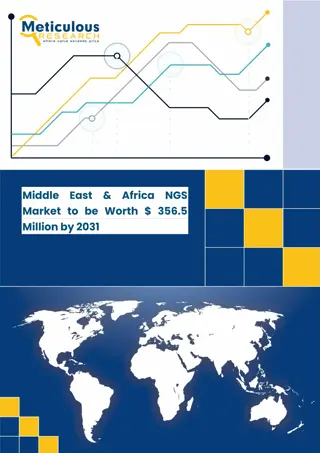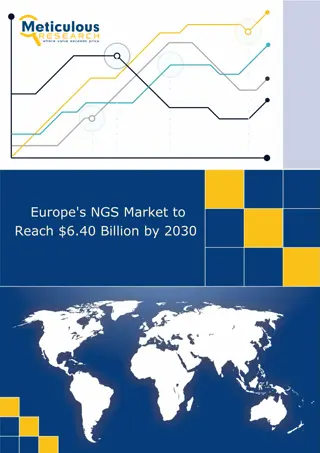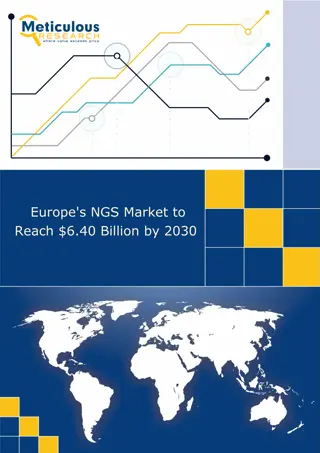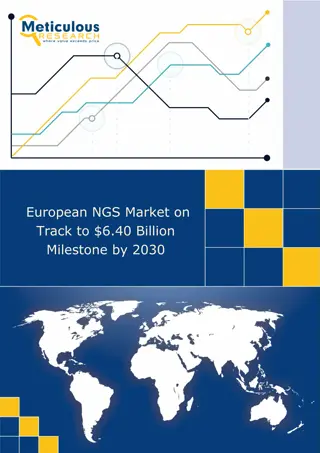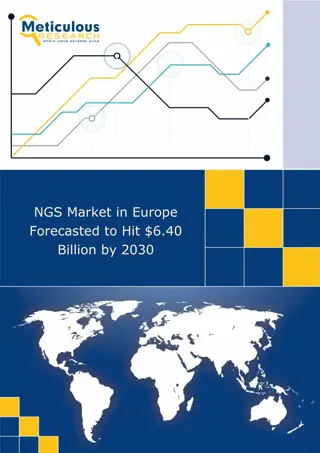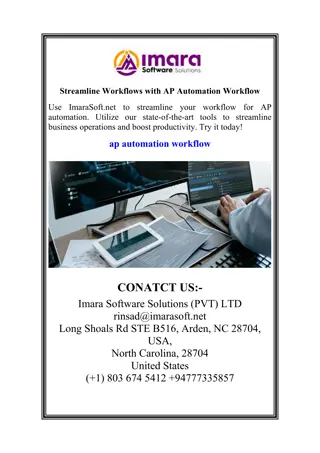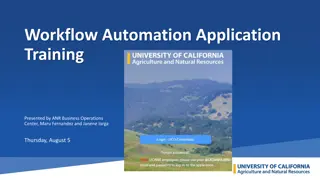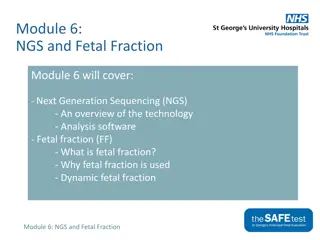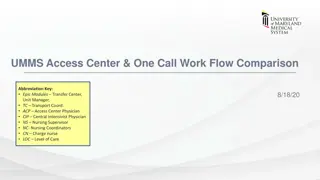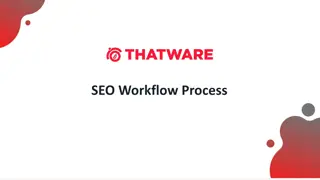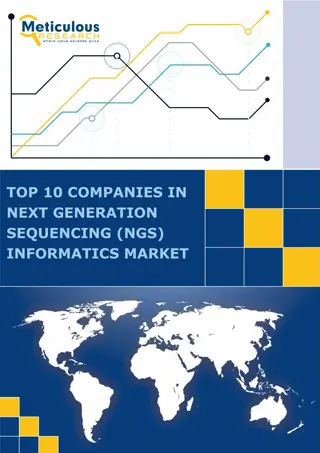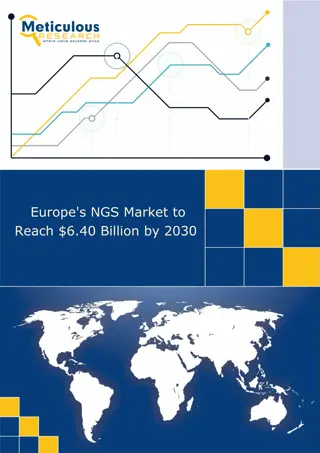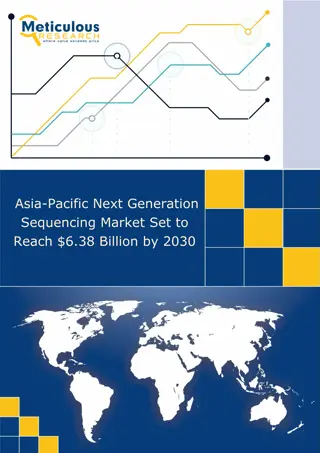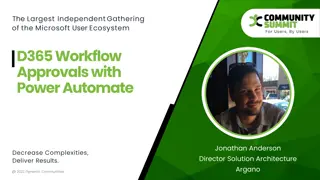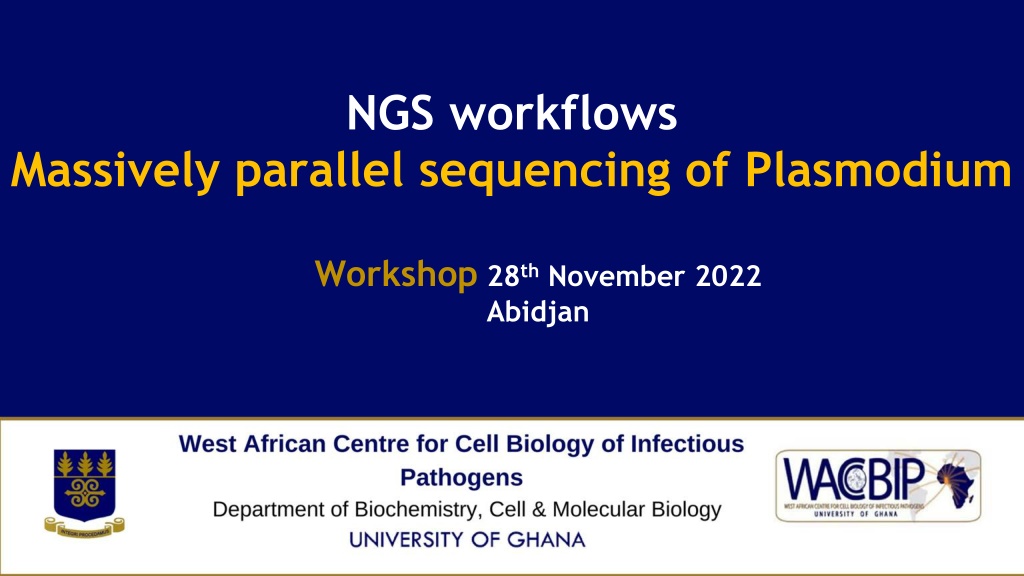
Understanding NGS Workflows for Malaria Research
Explore the essentials of Illumina sequencing workflows for malaria research, including library preparation, potential pitfalls, and cluster generation. Gain insights into the role of PCR and how to minimize errors in NGS data acquisition. Join the workshop to grasp the application of NGS in biomedical research, particularly in malaria.
Download Presentation

Please find below an Image/Link to download the presentation.
The content on the website is provided AS IS for your information and personal use only. It may not be sold, licensed, or shared on other websites without obtaining consent from the author. If you encounter any issues during the download, it is possible that the publisher has removed the file from their server.
You are allowed to download the files provided on this website for personal or commercial use, subject to the condition that they are used lawfully. All files are the property of their respective owners.
The content on the website is provided AS IS for your information and personal use only. It may not be sold, licensed, or shared on other websites without obtaining consent from the author.
E N D
Presentation Transcript
NGS workflows Massively parallel sequencing of Plasmodium Workshop 28thNovember 2022 Abidjan
Learning objectives Understand the major components of a typical (e.g Illumina) NGS workflow Understand how the data is acquired Understand the role of PCR (or otherwise) in malaria NGS Potential for pitfalls How to minimize chances for error Grasp the application of NGS in Biomedical research particularly malaria 2 2
Illumina sequencing workflows There are 4 main steps in a massively parallel sequencing workflow Sample collection and preparation -parasitemia, gDNA extraction sources 1. Library preparation 2. Cluster generation 3. Sequencing 3 4. Data analysis 3
Essentials of library preparation Flow cell 4 Read 1 & Read 2 binding regions for sequencing Index 1 & Index 2 unique barcodes oligos for sample multiplexing P5 & P7 oligos on either ends of a library for clustering 4 Image credit to Illumina
Potential pitfalls PCR is an effective DNA amplification process but not perfect In library preps, PCR can introduce preferential amplification of certain fragments Low amounts of starting DNA results in jackpotting due to low complexity of the fragment population ( Plasmodium spp) Duplicate reads with exact start/stop alignments Substitution errors by the polymerase may lead to false positive results If substitution occurs in early PCR cycles, error appears as a true variant (in situ mutations) If substitution occurs in later PCR cycles, error typically is drowned out by correctly copied fragments in the amplification cluster 5 5
Cluster generation A cluster is group of similar fragments clonally amplified closely together in tiny spot Cluster formation is a type of PCR ( bridge amplification ) Can introduce bias in a genome with unbalanced G + C content A typical examples is the AT-rich genome of Plasmodium resulting in low sequencing coverage at certain loci 6 6
Sequence by synthesis All NGS platforms perform sequencing millions of small fragments of DNA or cDNA Each library fragment hybridizes with the P5 & P7 primers to undergo bridged amplification Fluorescently labelled nucleotides are used to synthesize a complementary strand for each fragment 7 The fluorescent emission of each cluster is imaged 7
Sequence by synthesis Data acquisition The fluorescent emission of each cluster is imaged 8 The fluorescent emission wavelengths & intensities are extracted and used to identify the sequence of interest 8
Data Analysis Quality control (QC) is a key integral part of NGS workflows from library prep to sequencing and data analysis The million to billions of reads obtained have to QC ed using specialized software Filtered for quality Amplicon size Agreement between paired ends (paired end sequencing) 9 Reads that pass quality filters are assembled and align to a reference genome 9
Reference genomes variant identification Reference genomes are key component of NGS experiments Alignment of filtered reads to a reference genome enables variant (SNPs) identification Human reference genome Plasmodium falciparum 3D7 reference genome Reference genomes are version controlled Mis-aligning sequences identify structural variations 10 Deletions, insertions, duplication etc Alignment and analysis of RNA sequence data provides information about gene expression changes De novo assembly of filtered reads without a reference genome 10
Reading list Schuster 2008. Next-generation sequencing transforms today s biology. Nature Methods - 5, 16 - 18 (2008). Published online: 19 December 2007; | doi:10.1038/nmeth1156. Mardis ER. 2008. Next-generation DNA sequencing methods. Annu Rev Genomics Hum Genet. 2008;9:387-402. Review. Mardis ER. 2008. The impact of next-generation sequencing technology on genetics.Trends Genet. 2008 Mar;24(3):133-41. Epub 2008 Feb 11. Review. Shendure and Ji. 2008 Next-generation DNA sequencing. Nat Biotechnol. 2008 Oct;26(10):1135- 45. Wheeler DA et al. 2008. The complete genome of an individual by massively parallel DBA sequencing. Nature. 2008 Apr 17;452(7189):872-6. 11 11
Questions ? Thank you, Merci 12 12





